From ambition to action: building Europe’s Defence Union
Past event In person
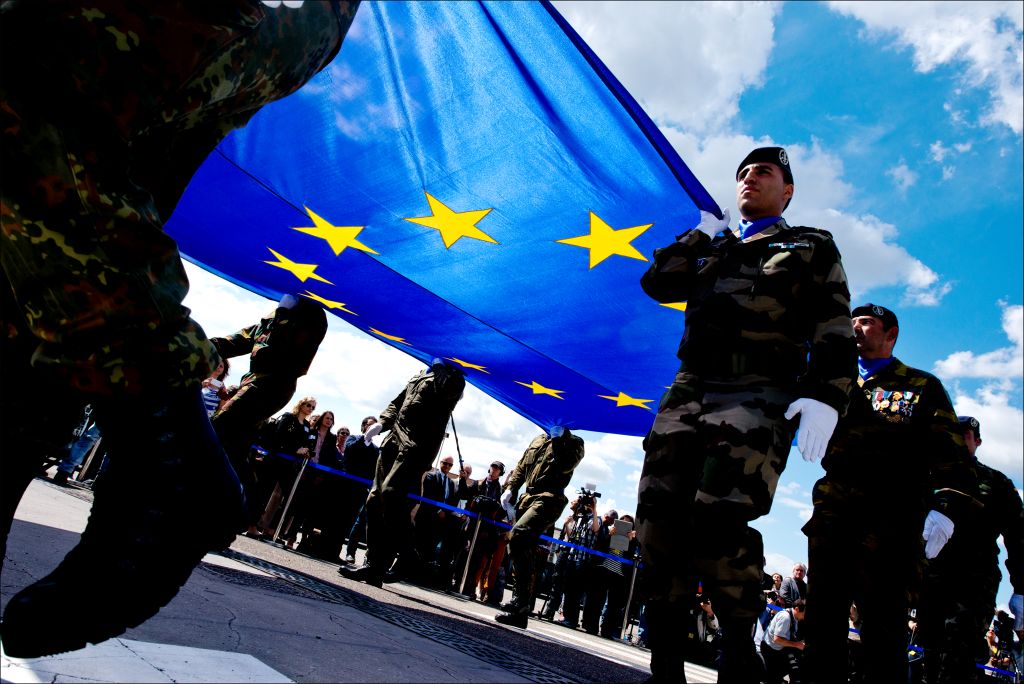
- Area of Expertise
- Peace, Security & Defence
Peace, Security & Defence

Honorary Professor at the University of Edinburgh Law School and Senior Fellow for Peace, Security and Defence at Friends of Europe
As the American presidential election looms, Europe stands at a critical decision point: to act decisively, or face escalating costs unilaterally. With the United States turning inward, the urgency to act cannot be overstated. European nations cumulatively hold $320 billion in frozen Russian assets—assets that can be used to not only support, but also to rebuild Ukraine. Now is the time for Europe to decide—utilise these assets for the greater good of supporting Ukraine, or risk waiting until American support potentially falters post-election.
America is increasingly isolationist. Voters in the United States focus squarely on domestic issues, and American foreign policy, once a bastion of bi-partisan consensus, is now seemingly subject to the whims of populism.
NATO’s summit notwithstanding, Allied solidarity in support of Ukraine’s financial viability going forward remains in doubt, with several notable examples mired in internal controversy. This means there is every reason to believe that Europe as a whole will face the choice of either acquiescing in a settlement with loss of territory for Ukraine or continuing to finance Ukraine without the assistance of rich allies.
The prospect of the former should be terrifying for those countries neighbouring Russia. And it is fatuous to believe that Europe has the cash or the political will to finance Ukraine on its own.
There is every reason to believe that Europe as a whole will face the choice of either acquiescing in a settlement with loss of territory for Ukraine or continuing to finance Ukraine without the assistance of rich allies
An Insurance Policy
The only way to ensure that Europeans remain masters of their own fate is to authorise and appropriate funds sufficient to support Ukraine’s budgetary and military needs for the foreseeable future and to place those funds in a committed trust account beyond the reach of backsliding politicians.
And the only plausible source of adequate funds that could be mobilised over the next six months is the roughly $320 billion of Russian Federation and Russian Central Bank assets that were frozen following Russia’s invasion of Ukraine in February, 2022. For Europe to access those funds for Ukraine, several nations will need to pass legislation that mirrors Washington’s own. The U.S. President has already been given the legal authority to seize the frozen Russian assets located in the United States, but this is a relatively small amount ($5-6 billion). Equivalent legislative authority would be required in the other countries holding frozen assets such as Belgium (where about two-thirds of the assets are held), the United Kingdom, Germany, France, Australia and Japan.
For Europe to access those funds for Ukraine, several nations will need to pass legislation that mirrors Washington’s own
Rationale
Although views about the legal basis for a seizure of the frozen assets differ widely, most people seem to agree on one thing — Russia is under an indubitable legal obligation to pay reparations for the damage it has caused in Ukraine. The United Nations General Assembly has confirmed this. The G7 countries have twice reaffirmed their commitment not to release the frozen assets unless and until Russia pays reparations. In contrast, any Russian counter to this seizure, for example, seizing foreign assets still in Russia, which remain despite sanctions and the departure of the majority of such assets, would have no legal basis and would result in further litigation against the assets of the Russian state.
Short of a regime change in Moscow that produces a new administration determined to mend fences, the prospects for Russia voluntarily paying for the damage it has inflicted on Ukraine are vanishingly small. The obvious justification for seizing the frozen assets and contributing them to an internationally administered trust account for the benefit of Ukraine is, therefore, to view this as a down payment toward Russia’s obligation to pay reparations. Were Ukraine to give a binding undertaking that it would treat all disbursements from the trust account as reducing — dollar for dollar — Russia’s obligation to pay reparations, Russia would thus receive full value for its frozen assets. To be sure, this partial settlement of Russia’s legal obligation would be involuntary on Russia’s part. But anyone who has ever seen their paycheck debited to reflect the withholding of income taxes will understand the concept of an involuntary payment of a legal obligation.
Reservations
In the two and a half years since the invasion of Ukraine and the freezing of Russia’s external assets, a number of commentators have expressed reservations about taking the next step of actually seizing the frozen Russian assets. These reservations range from the financial (would such an action chill the willingness of other states to hold their international monetary reserves in Europe?) to the legal (what is the basis under international law for confiscating a foreign state’s assets when the confiscating authority is not itself at war with the owner of those assets?) We do not propose to inventory these reservations or the responses to them from those advocating outright seizure of the assets. Suffice to say that no consensus has emerged on these issues over the last 30 months, and it is unlikely to reach one in the next 30 months.
Our point here relates only to the implacable nature of time’s winged chariot. The only reason that the international community has had the luxury of a leisurely academic debate on these issues is that Ukraine’s needs for both budgetary support and military defence have been covered by financings extended by Europe and the United States. It was not until the U.S. Congress experienced a bout of political arthritis last year that the potential real-world consequences of a failure to liberate the frozen assets and make the proceeds available to Ukraine became apparent.
That luxury of academic debate has run out. If the countries holding the frozen assets do not prepare their domestic legislative ground for a possible seizure of the assets over the next few months, the uncertain political landscape in the United States may force a European Choice: risk portentous consequences for the security of Europe or continue funding Ukraine by themselves. To forestall those consequences in the event American taxpayer money may not be available to support Ukraine in 2025 and beyond, steps should be taken now to ensure that Russian taxpayer money, in the form of the frozen assets, will be made available for that purpose.
Leaders are human, and, therefore, often avoid making difficult decisions and giving bad news to their electorates. The decision to seize these assets is now straightforward, the groundwork is in place and the news for the electorate that Russia is now paying Ukraine to defend itself against Russia’s full scale invasion will be welcomed by the voters.
If the countries holding the frozen assets do not prepare their domestic legislative ground for a possible seizure of the assets over the next few months, the uncertain political landscape in the United States may force a European Choice: risk portentous consequences for the security of Europe or continue funding Ukraine by themselves
Recommendations
Concretely, we recommend that the period between now and the end of the calendar year be used:
The immediate objective of these measures would be to disabuse Putin of the belief that the best chance for salvaging his special military operation rests in diminishing the resolve and support of the United States. If funding adequate to cover Ukraine’s needs for at least a couple of years were safely sequestered in a trust account that could not be unwound by political decisions, Putin might see little advantage in delaying serious settlement discussions.
The secondary objective is to ensure that the Europeans fulfill their own rhetorical ambition of becoming a major player in a multi-polar world. The opportunity is here. Will Europe rise to the occasion and make its choice?
The views expressed in this Frankly Speaking op-ed reflect those of the author and not of Friends of Europe.
Past event In person

Next event

Past event Online
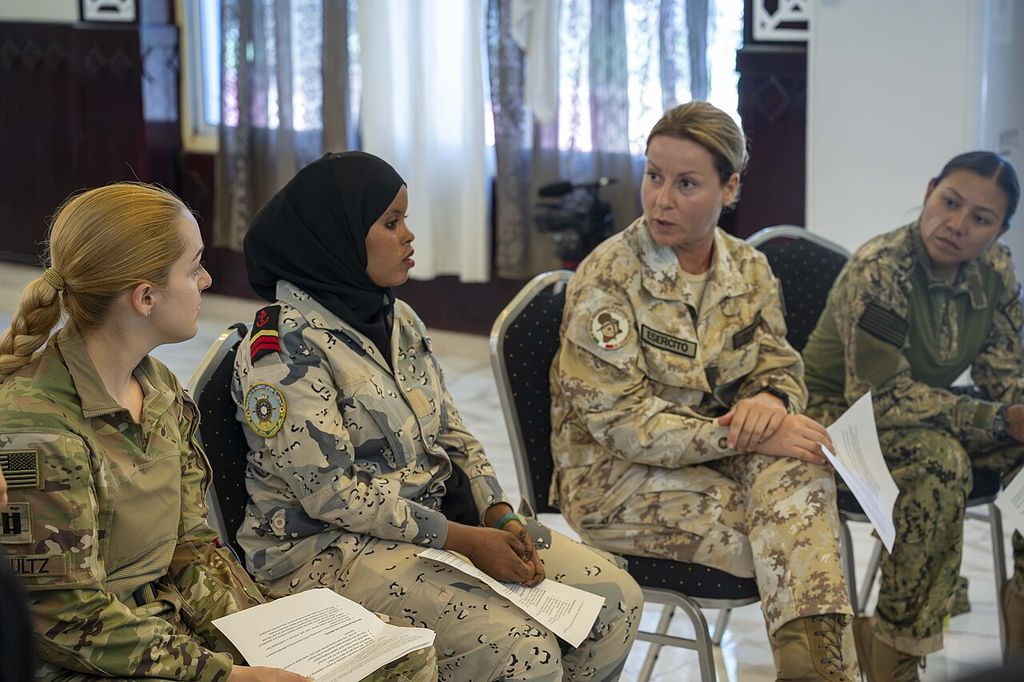
Past event Online
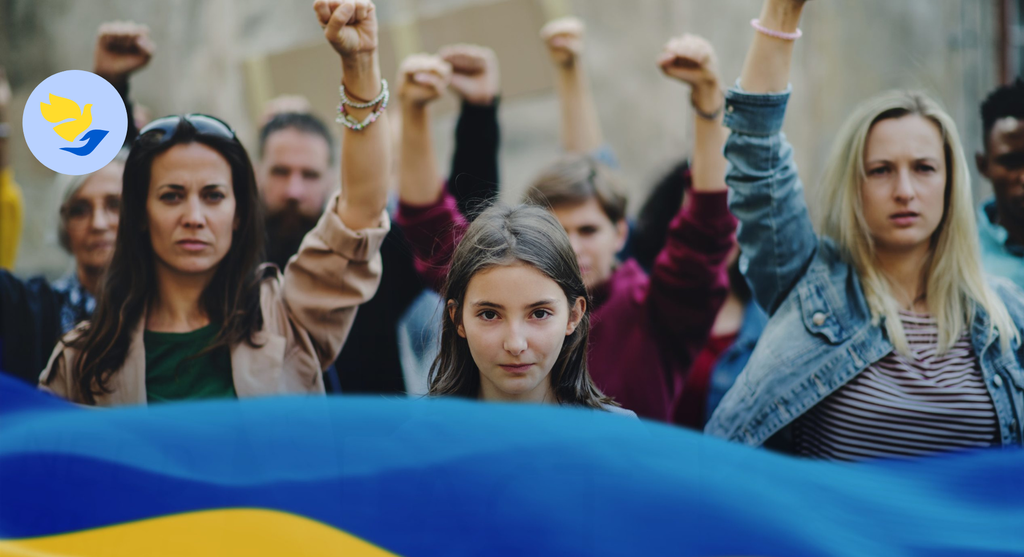
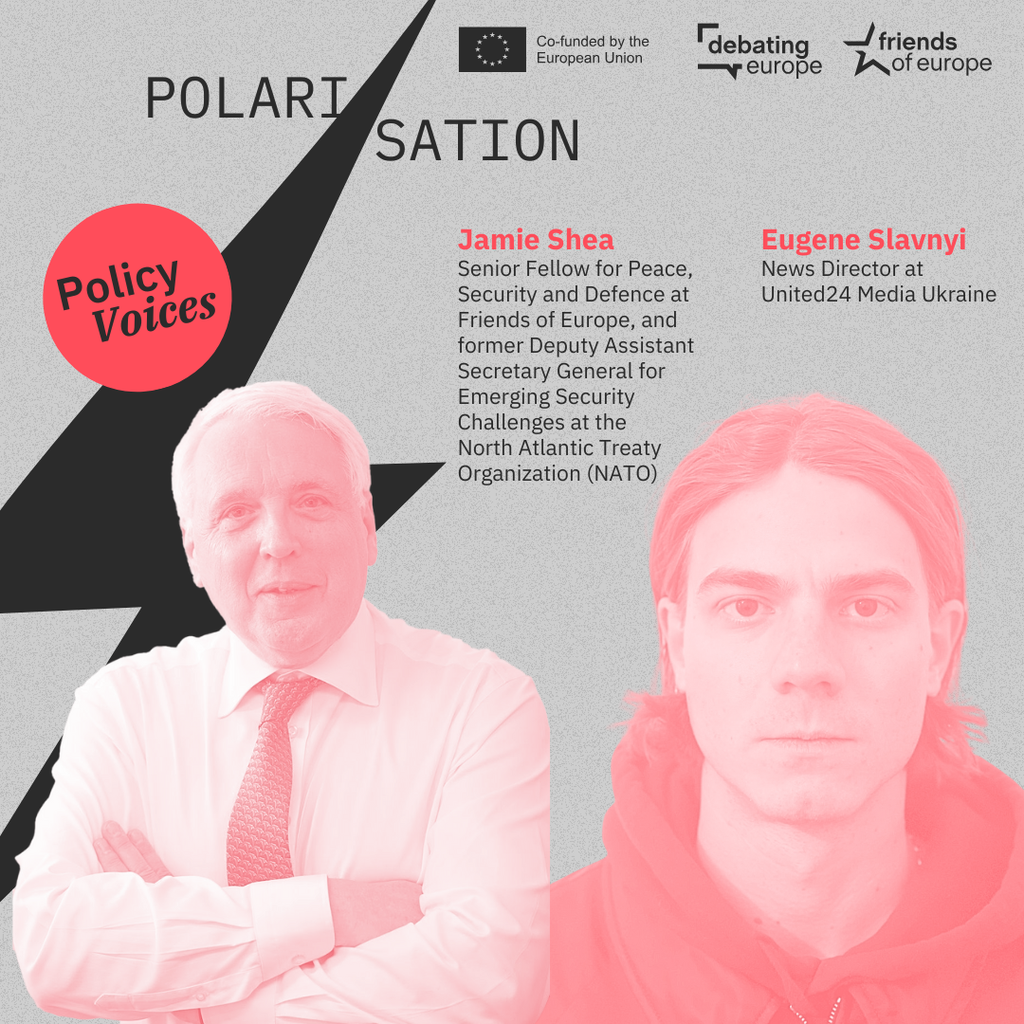
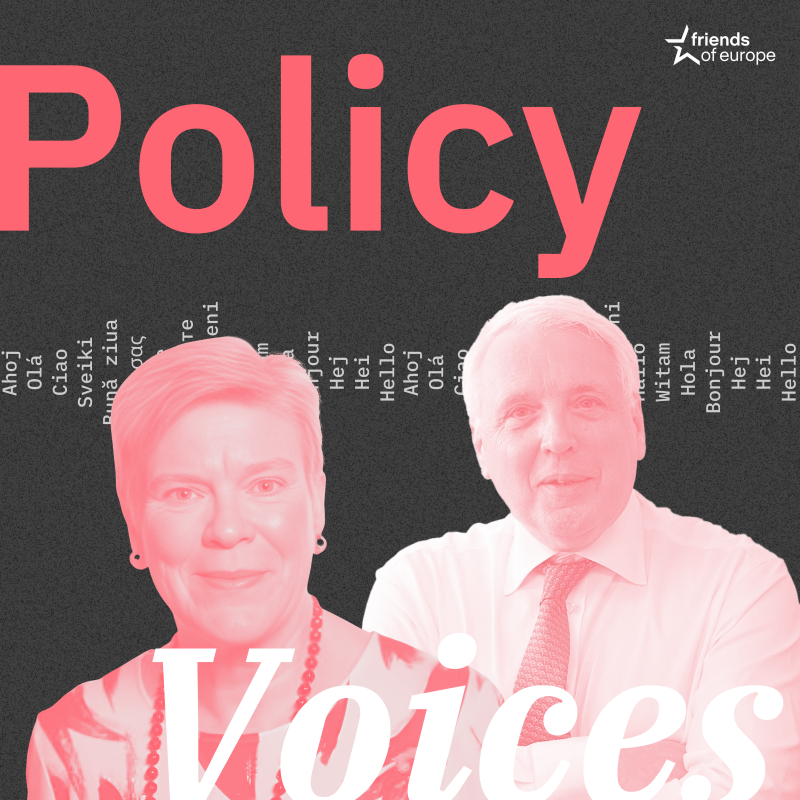

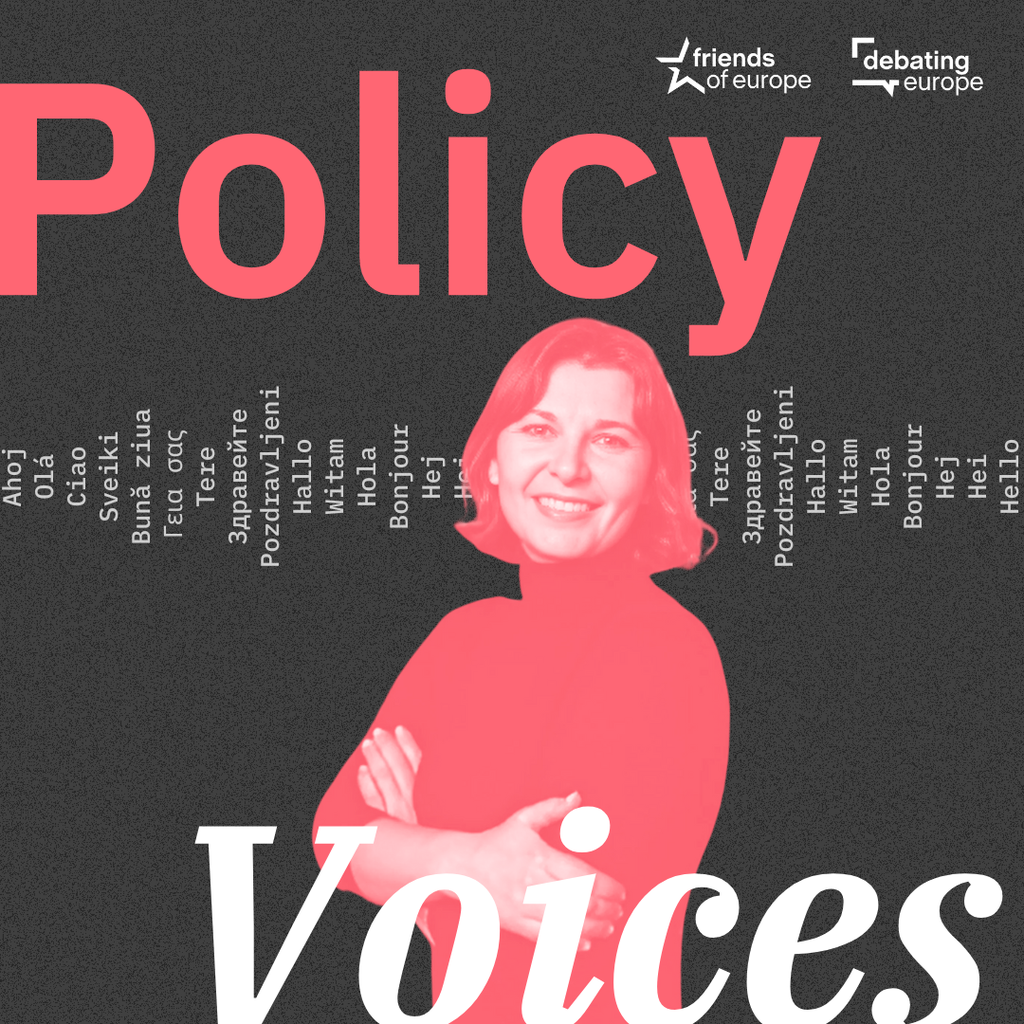
Stay informed
We use cookies and similar technologies to adjust your preferences, analyze traffic and measure the effectiveness of our campaigns. Learn more about our privacy policy.